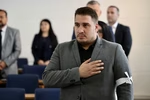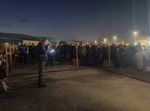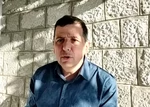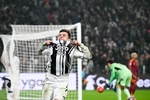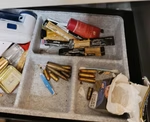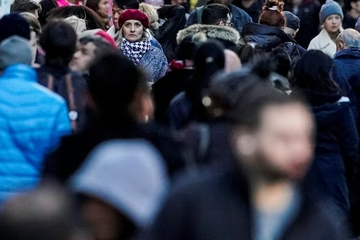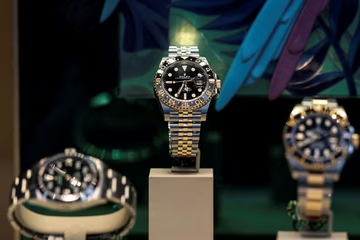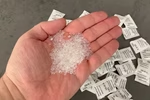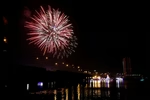Ratko Mladic and other war criminals "officially become heroes in the RS education system"
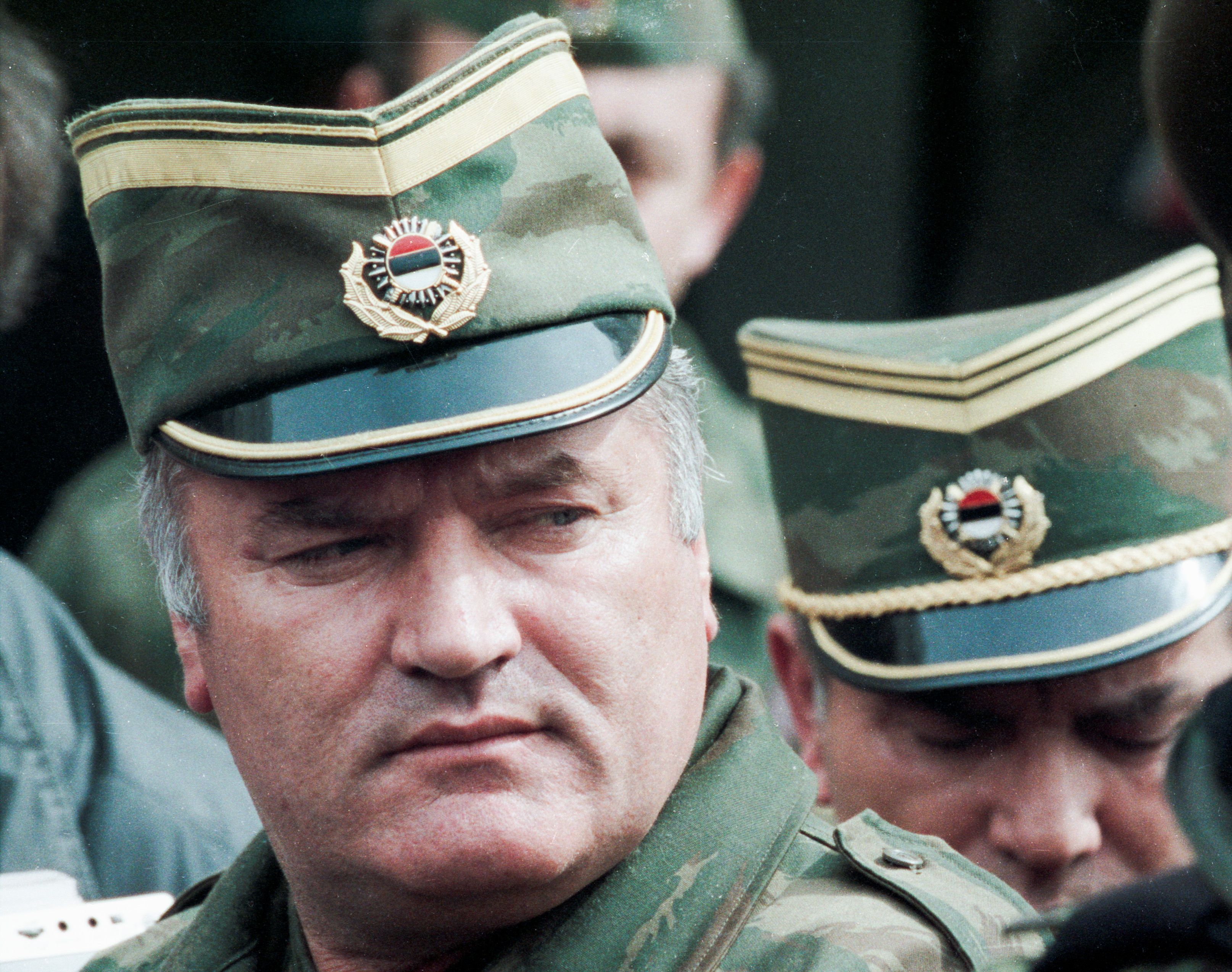
The Republika Srpska (RS) entity’s Pedagogical Institute has revised the history curriculum for ninth-grade students in primary schools across this Bosnian entity.
Journalist and author Aleksandar Bursac noted that the study of general history, in terms of broad knowledge and culture, has been minimized in favour of national history for several years. However, he believes this latest move takes it a step further.
According to published images of the curriculum, ninth-grade students will now learn about Radovan Karadzic and Ratko Mladic, not as war criminals, but as commanders and war heroes.
Additionally, a new topic titled "Republika Srpska and the Defensive-Fatherland War" has been introduced, which will be covered over 10 lessons, spanning five weeks.
The curriculum is structured with "learning outcomes" on the left column, detailing what students should know, with specific teaching units and terms to be covered in the middle, and correlations with other subjects on the right.
One of the terms introduced is "the unfortunate boy Spomenko Gostic," a child who was forced into war and death. Another addition is "Andricgrad," which Bursac describes as the "Disneyland of Serb nationalism and a place for money laundering."
Facts about the Bosnian war
In the RS educational system, students will be taught that the conflict in Bosnia and Herzegovina was a "Defensive-Fatherland War," rather than a war that claimed the lives of many citizens, predominantly Bosniaks and Croats.
The self-proclaimed "Republika Srpska" in Bosnia and Herzegovina, led by Radovan Karadzic and supported by Slobodan Milosevic's regime in Serbia and the Yugoslav People's Army (JNA), launched a war from April 1992 to late 1995. Their campaign in Bosnia relied on "ethnic cleansing" to create a "Greater Serbia."
In April 1992, JNA units began shelling Bosnia's capital, Sarajevo, soon joined by paramilitary forces loyal to Karadzic. The Army of Republika Srpska (VRS) continued advancing in eastern Bosnia throughout 1992, leading to widespread destruction.
By July 1995, one of the most significant atrocities occurred in eastern Bosnia: the Srebrenica genocide. Srebrenica, a Bosniak-controlled enclave, saw the planned and systematic killing of over 8,000 Bosniak men and boys, aged 12 to 77, by the VRS under General Ratko Mladic's command and the paramilitary group "Scorpions," along with hundreds of Greek and Russian volunteers.
This event is considered one of the largest massacres in Europe since World War II.
Convictions of war criminals
Radovan Karadzic and Ratko Mladic have both been sentenced to life imprisonment.
In 2019, Karadzic, a founder of the Serb Democratic Party (SDS) and former president of Republika Srpska, was sentenced to life imprisonment by the Appeals Chamber of the International Residual Mechanism for Criminal Tribunals in The Hague for genocide in Srebrenica. However, the Court did not find him guilty of genocide in seven other Bosnian municipalities.
Mladić was sentenced to life imprisonment in 2017 for 10 counts, including genocide in Srebrenica, crimes against humanity, and war crimes.
Slobodan Milosevic, who played a central role in the joint criminal enterprise in Bosnia and Croatia, died before his trial concluded.
Who Was Spomenko Gostic?
Spomenko Gostic, the boy whose name has been added to the curriculum, was the youngest soldier of the Army of Republika Srpska, killed in 1993 at the age of 15. He was posthumously awarded the "Miloc Obilic" medal for bravery this year.
Andricgrad
Andricgrad, a complex in Visegrad built by celebrated film director Emir Kusturica with funding from the Republika Srpska government, is dedicated to Nobel laureate Ivo Andric. However, it has been mired in controversy due to questionable visits and the glorification of controversial figures like Nobel laureate Peter Handke, known for denying the genocide in Bosnia.
Additionally, Visegrad is infamous for its murals dedicated to war criminals, and Andricgrad has faced inspections due to Kusturica's 1.2 million Bosnian marks (some €600,000) tax debt.
Given all this, the question arises: Is it time to put an end to the relativization of crimes and the glorification of convicted war criminals, while devaluing human suffering?
Perhaps, Bursac summarized it best:
"The curriculum mandates covering figures like Ratko Mladic, who are presented as heroes. There is no mention of genocide, crimes, or ethnic cleansing of non-Serbs. This is the official school curriculum on 49% of Bosnia and Herzegovina's territory, not just drunken ramblings in a village pub. Will anyone react?"
Kakvo je tvoje mišljenje o ovome?
Učestvuj u diskusiji ili pročitaj komentare





 Srbija
Srbija
 Hrvatska
Hrvatska
 Slovenija
Slovenija









